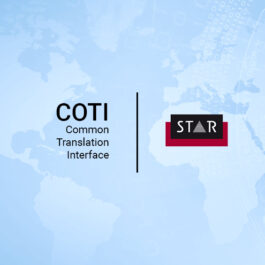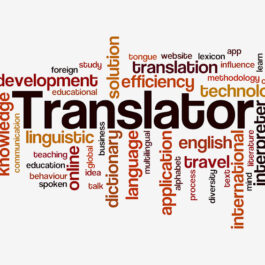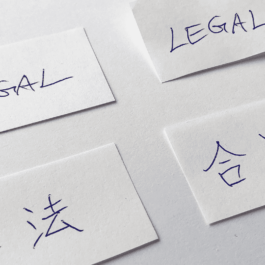1. Choose quality that is carefully controlled!
To achieve the best quality in your translation process, you need a rigorously organised quality management procedure and direct contact with the translators working on your texts. Only qualified native speakers of your target language should be used for the projects; either permanently employed by the service provider’s subsidiary branches or freelancers working on a contract basis.
Look out for the following:
- The service provider has full ISO 9001 certification for the entire company, including the relevant quality management system.
- The service provider does not have any subcontractor chains that cannot be quality-checked and does not assign contracts on an arbitrary basis via job portals, but rather produces translations in-house through permanently employed native speakers, who work in the service provider’s national branches within the target-language countries or comparably qualified and trained freelance translators.
- The service provider assures quality through software for general checks (e.g. checking for terminology and consistency) or software for specialist checks tailored to the customer’s requirements.
- The service provider gives the option of extra quality assurance steps, such as a proofreading department for specialist fields.
- The service provider defines and implements consistent process standards and quality standards all around the world.
2. Choose automation technology!
Effective cost reductions in the translation process are only possible when an automatic translation process is used comprehensively. The service provider should be familiar with this kind of software and should have the necessary IT expertise on hand.
Look out for the following:
- Extensive implementation of automated translation using translation memory technology.
- Over the years of a long-term partnership, this is proven to successfully reduce the volume of text to be translated manually. It is the degree of automation (and not the word price/line price) that determines the overall costs of a translation project.
- Workflow automation that largely removes the need for manual process steps.
- Use of AI, including by means of machine translation, preferably accompanied by an ISO 18587:2017 certification to prove MT technologies are used transparently and effectively within the wider framework of translation processes.
- The service provider is highly skilled and reliable in their use of the software.
3. Choose experience!
As with any highly specialised service, the experience of those involved is a deciding factor in the translation and production process.
Look out for the following:
- The service provider has been active on the market for many years.
- The service provider employs at least 50 (or better still 100) employees on a permanent contract, enabling them to deploy specialist teams for every process step.
- Continuity within the service provider’s workforce and management (low turnover of labour).
- Translators with many years experience in your field of industry, which can, where necessary, be proven with CVs or test translations.
- The service provider has longstanding partnerships with companies that have similarly high standards and operate in your industry or related industries.
4. Choose capacity!
Larger service providers with an international presence can quickly and easily serve new customers and deliver large projects and have the resources to deliver a short ramp-up phase.
Look out for the following:
- A large pool of highly qualified permanently employed and freelance translators.
- The service provider has an internationally structured network of subsidiary branches in all countries for which you require translations.
- Central project management (single point of contact) and decentralised production in the target countries.
5. Choose security!
Often, information that requires translation is confidential, perhaps relating to an as yet unreleased product, a company’s internal processes or even financial information relating to an organisation. In all of the above cases, the translation service provider must use technical and procedural measures to ensure that the information is processed using maximum confidentiality and security. What’s more, the translation service provider must be protected against unforeseen interruptions to operations, so that they can provide the customer with a seamless service.
Look out for the following:
- ISO 27001 or TISAX Ⓡ certifications to guarantee that the service provider’s internal processes comply with the defined standard for information security in terms of confidentiality, availability and integrity.
- The service provider offers a secure customer portal or other secure channels for data transfer
- Regular information security training courses and awareness measures are in place for employees



















